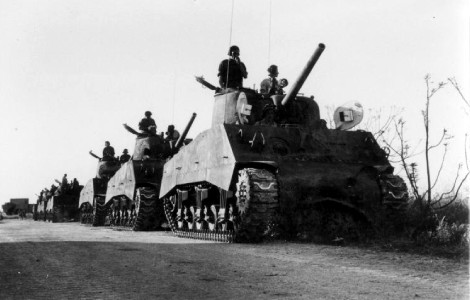The State of Israel has been involved in several wars, each significantly shaping the country’s destiny and security landscape. Let’s journey through the different wars that have impacted Israel since its establishment in 1948.

The very first war out of many wars of the State Of Israel is the War of Independence! The war marked the birth of the State of Israel. It was fought between the newly declared state and neighboring Arab countries, including Egypt, Jordan, Syria, Lebanon, Iraq, and local Palestinian militias. Despite being heavily outnumbered and lacking resources, Israel successfully defended itself and secured its existence, albeit with significant territorial changes.

Suez Crisis (1956): The Suez Crisis unfolded in 1956 when Egypt’s President Gamal Abdel Nasser nationalized the Suez Canal, leading to a joint military intervention by Israel, France, and the United Kingdom. Israel’s primary objective was to regain access to the vital waterway and ensure freedom of navigation. Although achieving their immediate goals, the international pressure on the invading forces forced a withdrawal, with the canal subsequently becoming an international waterway under the United Nations’ supervision.
The Wars Of The State Of Israel: Six-Day War
Six-Day War (1967): One of the most significant conflicts in Israel’s history erupted in 1967. It was fought between Israel and its neighboring Arab states, primarily Egypt, Jordan, and Syria. Triggered by rising tensions and military build-up, Israel launched a preemptive strike against its adversaries. In a stunning military campaign, Israel achieved remarkable victories, capturing the Sinai Peninsula, the West Bank, East Jerusalem, and the Golan Heights, thus significantly altering the geopolitical landscape of the region.
The War of Attrition (1967-1970): The War of Attrition emerged as a low-intensity conflict between Israel and Egypt following the Six-Day War. It involved sporadic clashes, artillery exchanges, and aerial bombardments along the Suez Canal and the Sinai Peninsula. A ceasefire agreement was reached in 1970, leading to a relative calm along the Israeli-Egyptian border.

Credit: Itayba On Hebrew Wikipedia, CC BY 3.0, via Wikimedia Commons
The Wars Of The State Of Israel: Yom Kippur War
The Yom Kippur War (1973), also known as the October War, caught Israel by surprise on the holiest day in the Jewish calendar in 1973. Egypt and Syria launched coordinated attacks on Israeli positions in the Sinai Peninsula and the Golan Heights. The war proved to be a costly and challenging conflict for Israel, with initial setbacks and heavy casualties. However, through strategic reorganization and international support, Israel managed to repel the attackers and negotiate a ceasefire.
Lebanon Wars
Furthermore, Israel was involved in two major conflicts in Lebanon (1982, 2006). The First Labaneeze War occurred in 1982 when Israel launched a military campaign to expel the Palestine Liberation Organization (PLO) from southern Lebanon. The war led to the establishing of a buffer zone in south Lebanon, which Israel maintained until its withdrawal in 2000. The Second Lebanon War erupted in 2006 when the militant group Hezbollah launched cross-border attacks on Israeli forces, resulting in a month-long conflict that ended with a UN-brokered ceasefire.
In short, these wars, ongoing conflicts, and challenges have shaped the State of Israel’s security concerns and political dynamics. They have influenced the country’s defense strategies, regional relationships, and ongoing efforts for regional peace and stability. Understanding these historical events is crucial for comprehending the complexities surrounding Israel’s security landscape and its aspirations for a peaceful future.

